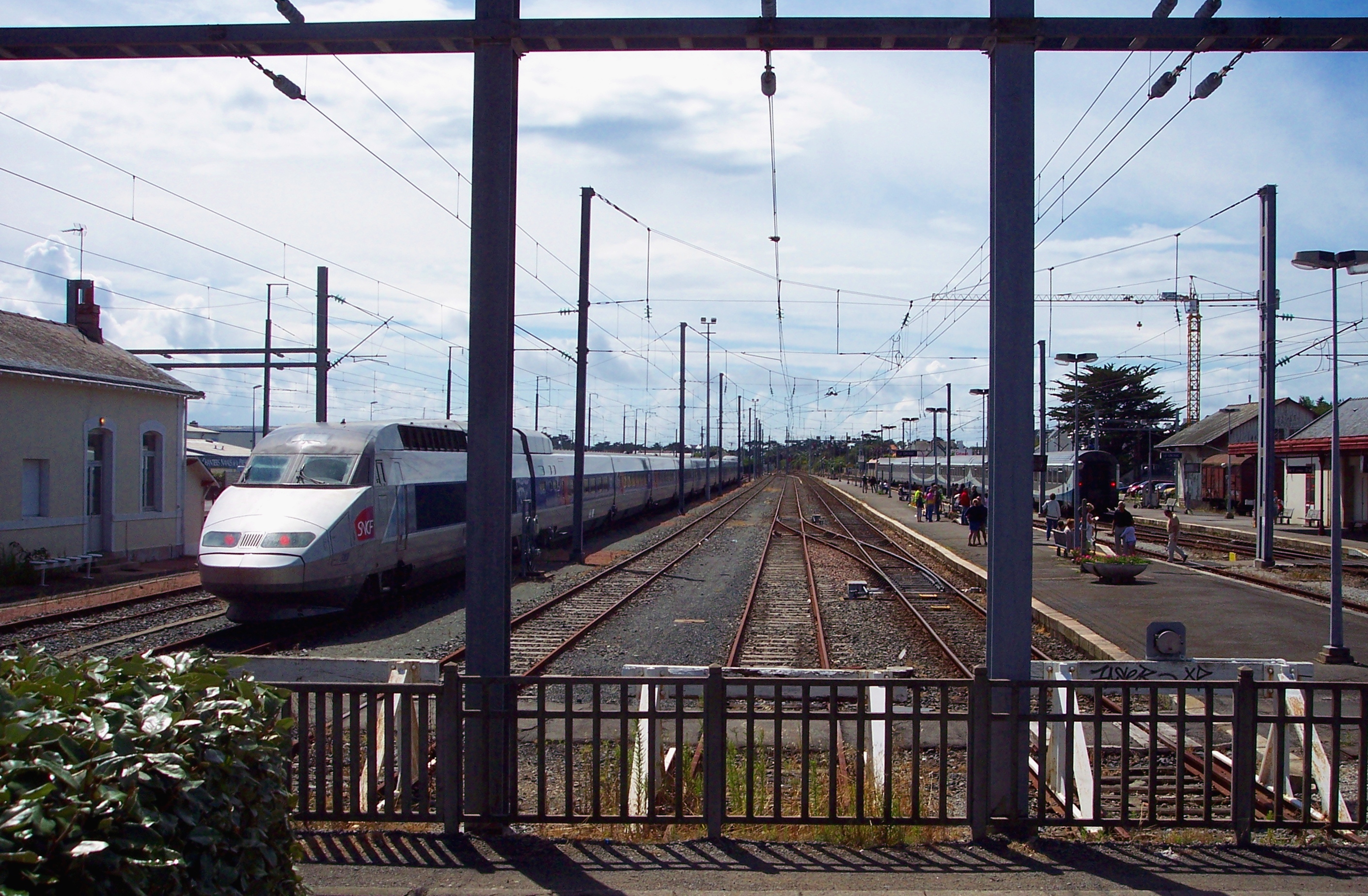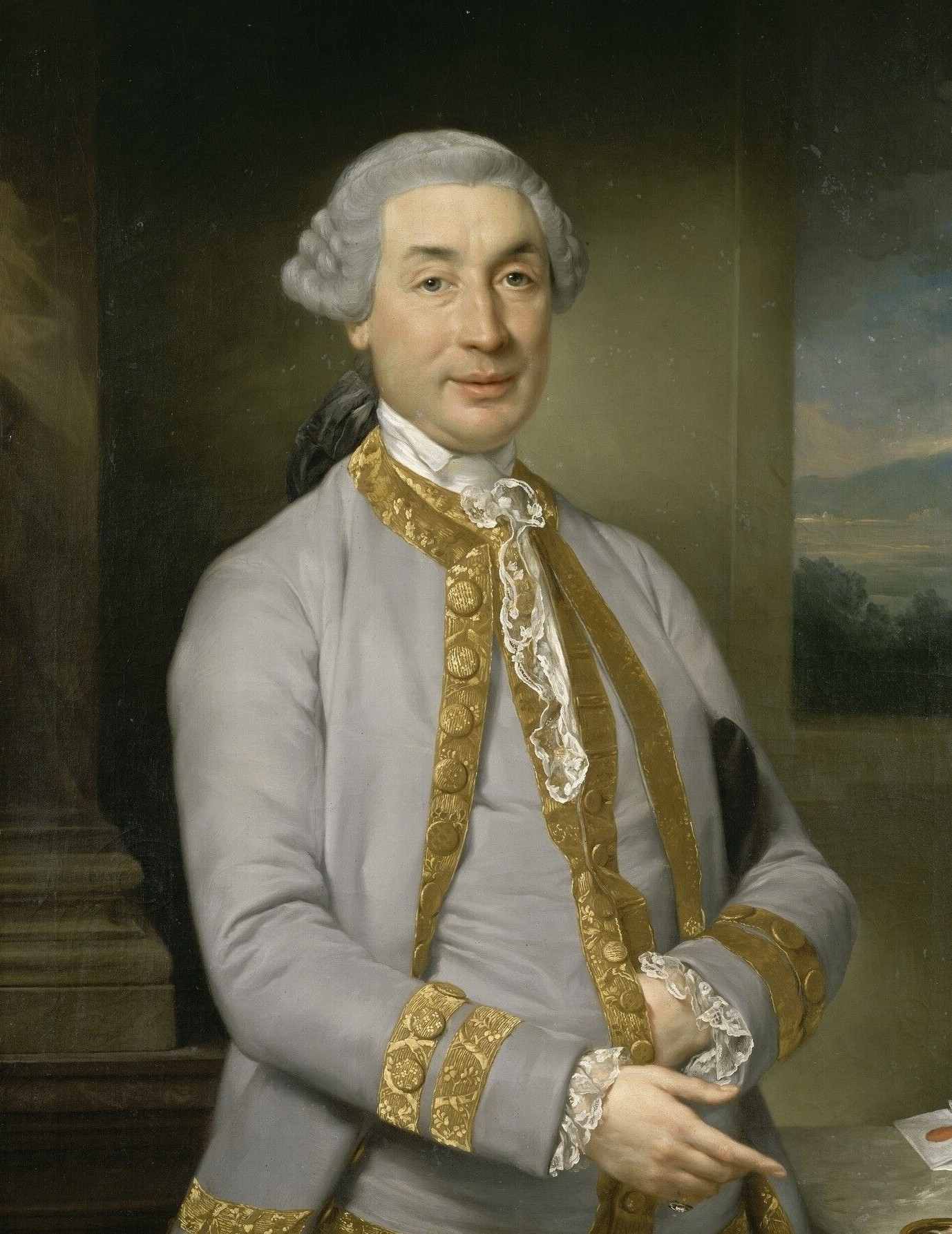|
Army Of The Interior
The Army of the Interior (''Armée de l'Intérieur'') was a name given to two field armies of the French Revolutionary Army. 1792 The first formation of this name was initially formed on 4 September 1792 under Anne François Augustin de La Bourdonnaye within the Army of the North (France), Army of the North and the Army of the Centre - he held its command until 22 September that year. It was reorganised on 21 October 1792 to assist the 'camp sous Paris', suppressed the day before, and given Jean-François Berruyer, général Berruyer as its new commander. It became the ''armée de Réserve'' on 1 March 1793 (when command of its right wing retained by Berruyer and command of its subordinate left wing given to Louis Charles Antoine de Beaufranchet d'Ayat, général Beaufranchet d'Ayat) then the ''Army of the Coasts of La Rochelle, armée des côtes de la Rochelle'' on 30 April the same year, whilst retaining the same organisation and commanders - François Leigonyer, général Leig ... [...More Info...] [...Related Items...] OR: [Wikipedia] [Google] [Baidu] [Amazon] |
Loire-Inférieure
Loire-Atlantique (; Gallo: ''Louére-Atantique''; ; before 1957: ''Loire-Inférieure'', ) is a department in Pays de la Loire on the west coast of France, named after the river Loire and the Atlantic Ocean. It had a population of 1,429,272 in 2019.Populations légales 2019: 44 Loire-Atlantique INSEE History Loire-Atlantique is one of the original 83 departments created during the French Revolution on March 4, 1790. Originally, it was named Loire-Inférieure, but its name was changed in March 9, 1957 to Loire-Atlantique. The area was formed from the |
Jacques Maurice Hatry
Jacques Maurice Hatry (; Strasbourg, 12 February 1742 – Paris, 30 November 1802) was a French general. A colonel on the outbreak of the French Revolution, he rose to général de division in 1794 and fought with distinction in the armée du Nord, des armée des Ardennes and Armée de la Moselle at the Battle of Fleurus and blockade of Luxembourg (where he forced a garrison of 12,000 men to surrender). In the armée de Sambre-et-Meuse, in the 1796 campaign, he was made général en chef of the armée de Mayence. In June 1798 he replaced general Joubert as commander of the troops stationed in the Netherlands. He was one of the first members of the Sénat conservateur in December 1799. His name is engraved on the north pillar, column 5, of the Arc de Triomphe The Arc de Triomphe de l'Étoile, often called simply the Arc de Triomphe, is one of the most famous monuments in Paris, France, standing at the western end of the Champs-Élysées at the centre of Place Char ... [...More Info...] [...Related Items...] OR: [Wikipedia] [Google] [Baidu] [Amazon] |
Army Of Italy (France)
The Army of Italy () was a field army of the French Army stationed on the Italian border and used for operations in Italy itself. It is best known for its role during the French Revolutionary Wars (in which it was one of the early commands of Napoleon Bonaparte, during his Italian campaign) and Napoleonic Wars. History Bonaparte's reforms Poorly supplied (uniforms and shoes were rare), and only getting reinforcements irregularly, the Army of Italy was sometimes reduced to looting to survive. When Bonaparte arrived (he took up command on 27 March 1796), indiscipline was rife. Chouan songs were sung by the troops, and a company of the Dauphin was formed. All the while improving the supply system as much as possible, Bonaparte also reestablished discipline. He condemned officers who had cried ''Vive le roi !'', (English: "Live the king!"), dismissed the 13th regiment of hussards for indiscipline and dissolved an entire regiment when it revolted at the end of March. Purge ... [...More Info...] [...Related Items...] OR: [Wikipedia] [Google] [Baidu] [Amazon] |
Coup Of 18 Fructidor
The Coup of 18 Fructidor, Year V (4 September 1797 in the French Republican Calendar), was a seizure of power in France by members of the French Directory, Directory, then forming the government of the First French Republic, with support from the military. The coup was provoked by the results of elections held months earlier, which had given the majority of seats in the country's Corps législatif (Legislative body) to Monarchism in France, royalist candidates, threatening a restoration of the House of Bourbon, monarchy and a return to the ancien régime. Three of the five members of the Directory, Paul François Jean Nicolas, vicomte de Barras, Paul Barras, Jean-François Rewbell and Louis Marie de La Révellière-Lépeaux, with support of foreign minister Charles Maurice de Talleyrand-Périgord,Bernard, pp. 193–194. staged the coup d'état that annulled many of the previous election's results and ousted the monarchists from the legislature. History Royalist candidates had gai ... [...More Info...] [...Related Items...] OR: [Wikipedia] [Google] [Baidu] [Amazon] |
French Directory
The Directory (also called Directorate; ) was the system of government established by the Constitution of the Year III, French Constitution of 1795. It takes its name from the committee of 5 men vested with executive power. The Directory governed the French First Republic from 26 October 1795 (4 Brumaire an IV) until 10 November 1799, when it was overthrown by Napoleon Bonaparte in the Coup of 18 Brumaire and replaced by the French Consulate, Consulate. The Directory was continually at war with foreign coalitions, including Kingdom of Great Britain, Britain, Habsburg monarchy, Austria, Kingdom of Prussia, Prussia, the Kingdom of Naples, Russian Empire, Russia and the Ottoman Empire. It annexed Austrian Netherlands, Belgium and the left bank of the Rhine, while Bonaparte conquered a large part of Italy. The Directory established 29 short-lived sister republics in Italy, Helvetic Republic, Switzerland and the Batavian Republic, Netherlands. The conquered cities and states were ... [...More Info...] [...Related Items...] OR: [Wikipedia] [Google] [Baidu] [Amazon] |
Conspiracy Of The Equals
The Conspiracy of the Equals () of May 1796 was a failed coup d'etat during the French Revolution. It was led by François-Noël Babeuf, who wanted to overthrow the Directory and replace it with an egalitarian and proto-socialist republic, inspired by Jacobin ideals. Background It was the attempts of the Directory to deal with the economic crisis that gave Babeuf his historical importance. The new government was pledged to abolish the system by which Paris was fed at the expense of all France, and the cessation of the distribution of bread and meat at nominal prices was fixed for 20 February 1796. The announcement caused the most widespread consternation. Not only were the workmen and the large class of proletarians attracted to Paris by the system, but '' rentiers'' and government officials, whose incomes were paid in '' assignats'' on a scale arbitrarily fixed by the government, saw themselves threatened with starvation. The government yielded to the outcry; but the exp ... [...More Info...] [...Related Items...] OR: [Wikipedia] [Google] [Baidu] [Amazon] |
13 Vendémiaire
13 Vendémiaire, Year 4 in the French Republican Calendar (5 October 1795 in the Gregorian calendar), was a battle between the French Revolutionary troops and Royalist forces in the streets of Paris. This battle was part of the establishing of a new form of government, the Directory, and it was a major factor in the rapid advancement of Republican General Napoleon Bonaparte's career. Background The social reforms of the French Revolution had been well received by the majority of the populace of France, but the Revolution's strongly anti-Catholic stance had created anti-Republican sympathies in many Roman Catholics. In March 1793, this sentiment boiled over into an armed insurrection in the fiercely Catholic Vendée region of western France. A rebel army titled ''Armée catholique et royale'' now proved to be a thorn in the side of the Revolutionary government in Paris, under leaders such as François de Charette de la Contrie and Maurice d'Elbée. The rebels were known a ... [...More Info...] [...Related Items...] OR: [Wikipedia] [Google] [Baidu] [Amazon] |
Napoleon I
Napoleon Bonaparte (born Napoleone di Buonaparte; 15 August 1769 – 5 May 1821), later known by his regnal name Napoleon I, was a French general and statesman who rose to prominence during the French Revolution and led Military career of Napoleon, a series of military campaigns across Europe during the French Revolutionary and Napoleonic Wars from 1796 to 1815. He led the French First Republic, French Republic as French Consulate, First Consul from 1799 to 1804, then ruled the First French Empire, French Empire as Emperor of the French from 1804 to 1814, and briefly again in 1815. He was King of Italy, King of Kingdom of Italy (Napoleonic), Italy from 1805 to 1814 and Protector of the Confederation of the Rhine, Protector of the Confederation of the Rhine from 1806 to 1813. Born on the island of Corsica to a family of Italian origin, Napoleon moved to mainland France in 1779 and was commissioned as an officer in the French Royal Army in 1785. He supported the French Rev ... [...More Info...] [...Related Items...] OR: [Wikipedia] [Google] [Baidu] [Amazon] |
Paul Barras
Paul François Jean Nicolas, Vicomte de Barras (; 30 June 1755 – 29 January 1829), commonly known as Paul Barras, was a French politician of the French Revolution, and the main executive leader of the Directory regime of 1795–1799. Early life Descended from a noble family of Provence, he was born at Fox-Amphoux, in today's Var ''département''.Richardson, p. 30. At the age of sixteen, he entered the regiment of Languedoc as a "gentleman cadet". In 1776, he embarked for French India. Shipwrecked on his voyage, he still managed to reach Pondicherry in time to contribute to the defence of that city during the Second Anglo-Mysore War. Besieged by British forces, the city surrendered on 18 October 1778; after the French garrison was released, Barras returned to France.He left on a cartel named ''Sartine''. This was not the ''Sartine'' that the British Royal Navy had captured at Pondicherry and taken into service. He took part in a second expedition to the region in 1782/83 ... [...More Info...] [...Related Items...] OR: [Wikipedia] [Google] [Baidu] [Amazon] |
Jacques-François Menou
Jacques-François de Menou, Baron of Boussay (3 September 1750 – 13 August 1810) was a French Army officer and politician who served in the French Revolutionary and Napoleonic Wars. He is best known for his role in the unsuccessful French invasion of Egypt and Syria, where Menou converted to Islam and was renamed Abdallah de Menou. French Revolution Born in Boussay, Indre-et-Loire to an aristocratic family, he had already attained the rank of '' maréchal de camp'' in the French Royal Army in 1789 when he was elected by the Second Estate of the bailiwick of Touraine to the Estates General of 1789. He was a liberal nobleman and supported the reforms of the National Constituent Assembly, of which he was elected secretary in December and president for a standard two weeks term (27 March - 12 April 1790). He served as a member of the diplomatic committee. With the closing of the National Assembly in September 1791, he was employed as maréchal de camp in Paris, and then to t ... [...More Info...] [...Related Items...] OR: [Wikipedia] [Google] [Baidu] [Amazon] |
Eure (department)
Eure ( ; ; or ) is a Departments of France, department in the administrative regions of France, administrative region of Normandy (administrative region), Normandy, northwestern France, named after the river Eure (river), Eure. Its Prefectures in France, prefecture is Évreux. In 2021, Eure had a population of 598,934.Populations légales 2019: 27 Eure INSEE History Eure is one of the original 83 departments created during the French Revolution on 4 March 1790. It was created from part of the former provinces of France, province of Normandy. The name in fact is taken from the Eure river flowing mainly in this department. After the allied victory at Battle of Waterloo, Waterloo, Eure was occupied by Prussian army, Prussian troops between June 1815 and November 1818. In the w ...[...More Info...] [...Related Items...] OR: [Wikipedia] [Google] [Baidu] [Amazon] |




